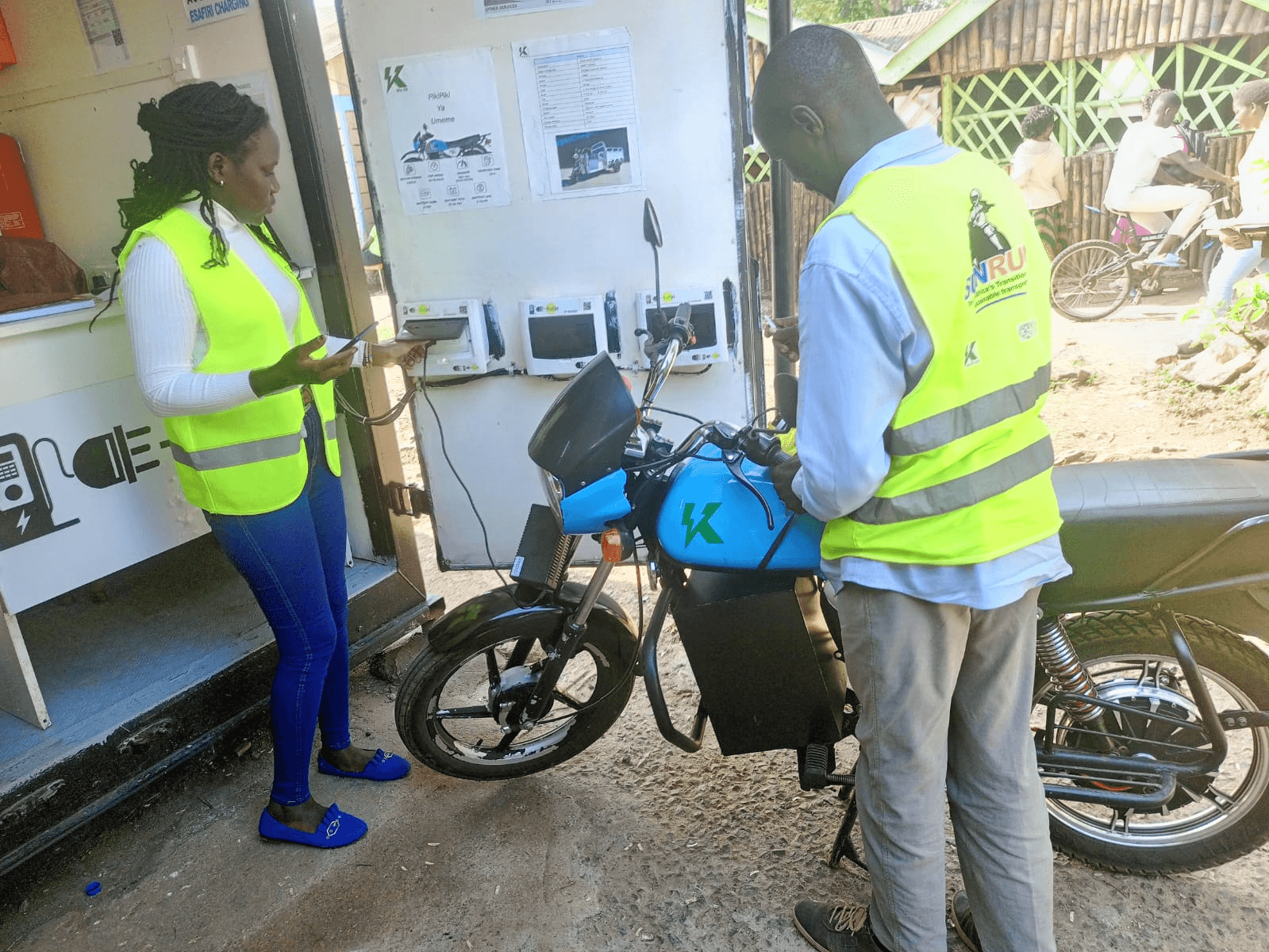Exploring Battery Swapping & Charging with Renewable Energy Solutions
Introduction
The transition in the transportation industry from fuel-powered vehicles to electric vehicles proves to be revolutionary in the coming future. We have seen a significant change over time, driven by factors like affordability, environmental concerns, and technological advancements.
At first, consumers were skeptical of electric vehicles (EVs) because of challenges with infrastructure and range. However, EVs are becoming a more attractive alternative because of battery technology, the development of charging infrastructure, private sector investment, and government incentives.
Batteries powered by renewable energy sources like solar, wind, hydroelectric, and geothermal energy provide the electricity needed to run e-bikes. Without releasing greenhouse gases into the atmosphere or depleting limited resources, these renewable energy sources use natural processes to create electricity.

Charging & Swapping Process
Electric vehicles can either be charged or swapped. In our Charging Station, here is what happens if you choose to swap or charge your battery.
How does Battery Charging Work?
Using the E-Safiri’s Attendant's App, the Hub Attendant utilizes their login credentials to operate the charging process. An adapter is then connected to the e-bike and the wall charger. Within the app, the Hub Operator links the two devices and initiates the charging process by selecting the desired charge option: a full charge, lasting 90 minutes, or a half charge, lasting 45 minutes. Once the Hub Operator initiates charging within the app, the wall charger blinks green, and the adapter blinks red, signaling that charging has commenced. The Riders’ App displays the energy output from the charger in kWhr. Upon completion of the charging session, the charger automatically disconnects, as indicated in the app, with all collected data stored in the backend system. The rider then pays through MPESA or Cash before leaving.
How does Battery Swapping Work?
When the rider visits the Hub with the nearly depleted battery, they hand it over to the Hub Operator. The Operator confirms the state of charge and voltage level before swapping it with a fully charged battery and connecting the depleted one to the charging cabinet. The Hub Operator ensures the swapped battery is charging first before handing over the charged battery to the rider. Consequently, the rider then verifies the battery's full charge and voltage level before paying through M-Pesa or Cash before leaving.
Why Renewable Energy?
Because of its many benefits, renewable energy is essential for e-mobility and the advancement of sustainable transportation. It produces few greenhouse gas emissions, saves resources, improves energy independence, and is affordable. Renewable energy also ensures long-term viability and durability while promoting job creation, economic development, and community benefits. By adopting renewable energy solutions, we may accelerate the shift to environmentally friendly transportation and build a more sustainable future for everybody.
Conclusion
At E-Safiri, we are committed to advancing e-mobility in Kenya, ensuring it's affordable, accessible, and inclusive for all, including women. Our innovative approach integrates renewable energy solutions to power e-bikes, facilitating a sustainable and eco-friendly mode of transportation. Our journey is propelled by technology like our Attendant's App, an upcoming Riders' App and the Hub, which enhance e-mobility and support our mission to accelerate Africa’s transition to sustainable transportation.
Through the establishment of reliable, accessible, adequate, and affordable charging infrastructure and sustainable mobility solutions, we're driving positive change and shaping a greener future for Kenya's transportation landscape.
Embracing EVs powered by Renewable Energy not only reduces carbon emissions but also contributes to efforts to mitigate climate change and promote a cleaner, greener future for transportation. As renewable energy technologies continue to advance and become more accessible, the synergy between e-bikes and renewable energy holds promise for a sustainable and efficient urban mobility landscape.
References
Lazaroiu, G. C., Pagano, M., & Roscia, M. (2016, June). Smart Urban E-Mobility for Historic Centre. In 2016 International Symposium on Power Electronics, Electrical Drives, Automation and Motion (SPEEDAM) (pp. 1127-1132). IEEE.
Zhang, X., Cao, Y., Peng, L., Ahmad, N., & Xu, L. (2020). Towards efficient battery swapping service operation under battery heterogeneity. IEEE Transactions on Vehicular Technology, 69(6), 6107-6118.